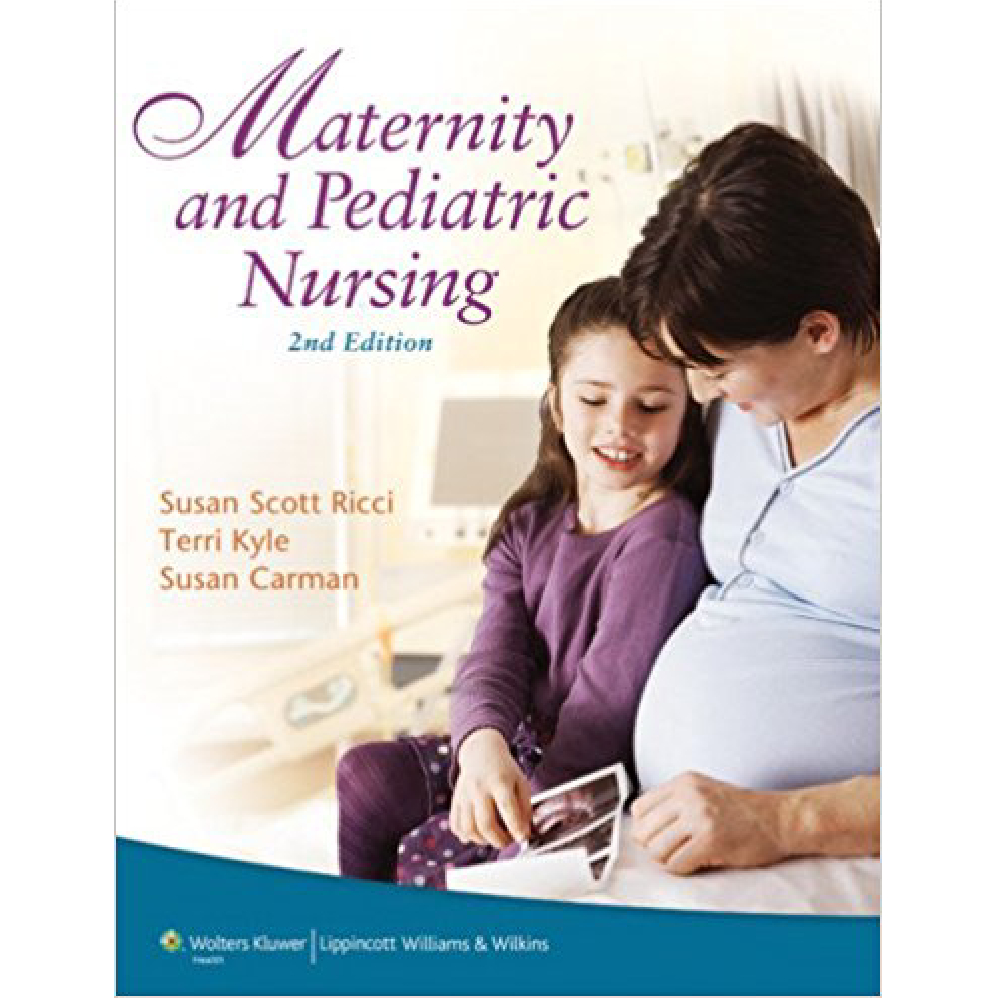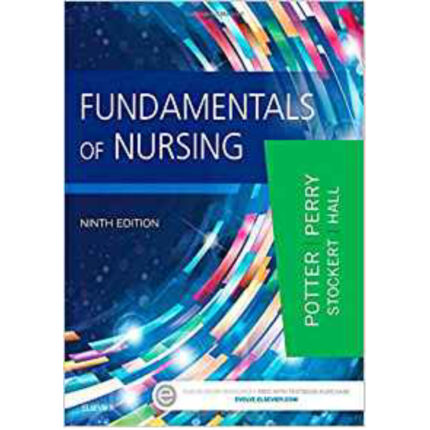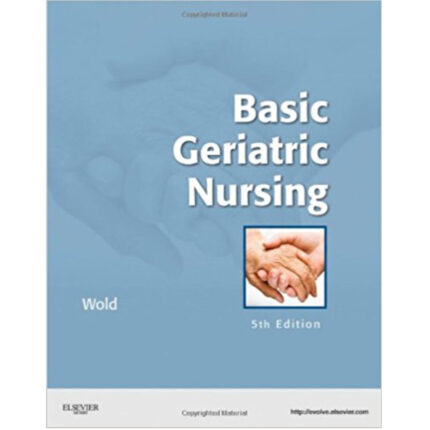Maternity and Pediatric Nursing 2nd Edition by Susan , Theresa Kyle – Test Bank
1. During a vaginal exam, the nurse notes that the cervix has a bluish color. The nurse documents this finding as:
A) Hegar’s sign
B) Goodell’s sign
C) Chadwick’s sign
D) Ortolani’s sign
2. The nurse teaches a primigravida client that lightening occurs about 2 weeks before the onset of labor. The mother will most likely experience which of the following at that time?
A) Dysuria
B) Dyspnea
C) Constipation
D) Urinary frequency
3. A gravida 2 para 1 client in the 10th week of her pregnancy says to the nurse, “I’ve never urinated as often as I have for the past three weeks.” Which response would be most appropriate for the nurse to make?
A) “Having to urinate so often is annoying. I suggest that you watch how much fluid you are drinking and limit it.”
B) “You shouldn’t be urinating this frequently now; it usually stops by the time you’re eight weeks pregnant. Is there anything else bothering you?”
C) “By the time you are 12 weeks pregnant, this frequent urination should no longer be a problem, but it is likely to return toward the end of your pregnancy.”
D) “Women having their second child generally don’t have frequent urination. Are you experiencing any burning sensations?”
4. In a client’s seventh month of pregnancy, she reports feeling “dizzy, like I’m going to pass out, when I lie down flat on my back.” The nurse integrates which of the following in to the explanation?
A) Pressure of the gravid uterus on the vena cava
B) A 50% increase in blood volume
C) Physiologic anemia due to hemoglobin decrease
D) Pressure of the presenting fetal part on the diaphragm
5. A primiparous client is being seen in the clinic for her first prenatal visit. It is determined that she is 11 weeks pregnant. The nurse develops a teaching plan to educate the client about what she will most likely experience during this period. Which of the following would the nurse include?
A) Ankle edema
B) Urinary frequency
C) Backache
D) Hemorrhoids
6. A pregnant client in her second trimester has a hemoglobin level of 11 g/dL. The nurse interprets this as indicating which of the following?
A) Iron-deficiency anemia
B) A multiple gestation pregnancy
C) Greater-than-expected weight gain
D) Hemodilution of pregnancy
7. The nurse is discussing the insulin needs of a primiparous client with diabetes who has been using insulin for the past few years. The nurse informs the client that her insulin needs will increase during pregnancy based on the nurse’s understanding that the placenta produces:
A) hCG, which increases maternal glucose levels
B) hPL, which deceases the effectiveness of insulin
C) Estriol, which interferes with insulin crossing the placenta
D) Relaxin, which decreases the amount of insulin produced
8. When teaching a pregnant client about the physiologic changes of pregnancy, the nurse reviews the effect of pregnancy on glucose metabolism. Which of the following would the nurse include as the underlying reason for the effect?
A) Pancreatic function is affected by pregnancy.
B) Glucose is utilized more rapidly during a pregnancy.
C) The pregnant woman increases her dietary intake.
D) Glucose moves through the placenta to assist the fetus.
9. When assessing a woman in her first trimester, which emotional response would the nurse most likely expect to find?
A) Ambivalence
B) Introversion
C) Acceptance
D) Emotional lability
10. The nurse is assessing a pregnant woman in the second trimester. Which of the following tasks would indicate to the nurse that the client is incorporating the maternal role into her personality?
A) The woman demonstrates concern for herself and her fetus as a unit.
B) The client identifies what she must give up to assume her new role.
C) The woman acknowledges the fetus as a separate entity within her.
D) The client demonstrates unconditional acceptance without rejection.
Answer Key
1. C
2. D
3. C
4. A
5. B
6. D
7. B
8. D
9. A
10. C













Reviews
There are no reviews yet.